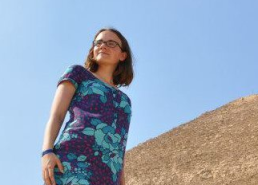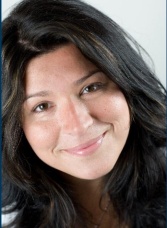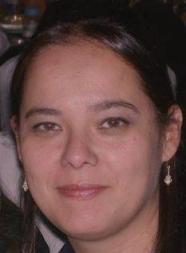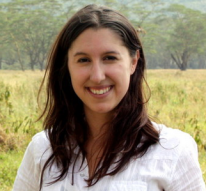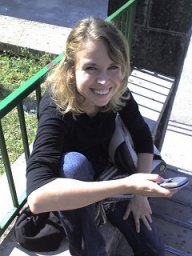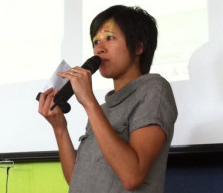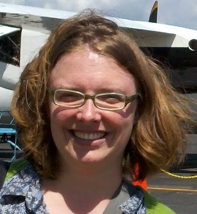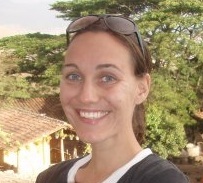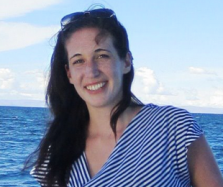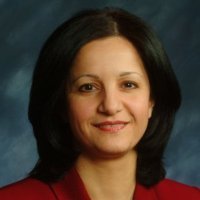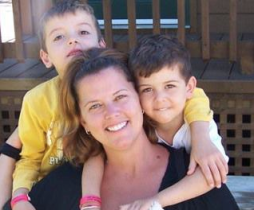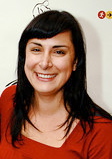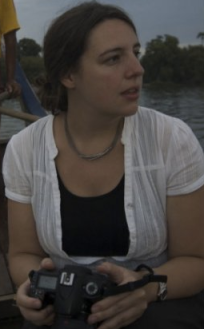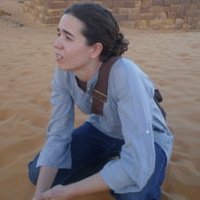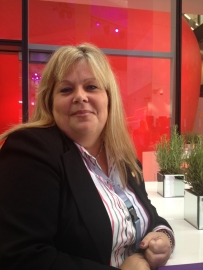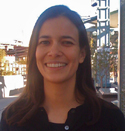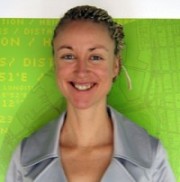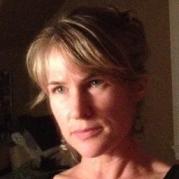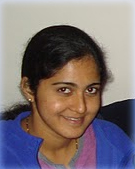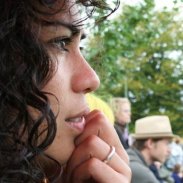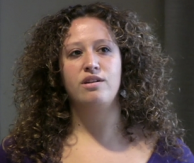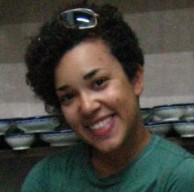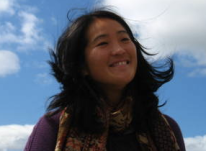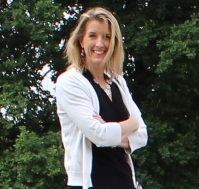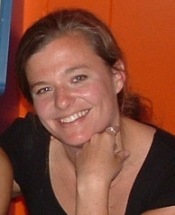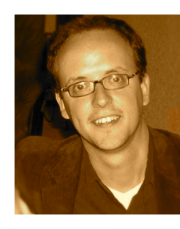
The vast majority of volunteers engaged in the Ushahidi-Haiti Crisis Map project (January 2010) were women. The Ushahidi-Chile Crisis Map (March 2010) was entirely spearheaded by women. Fast forward three years and women in 2013 are still the main driving force behind the field of crisis mapping. If you peruse the membership of the Standby Task Force’s Core Team, you’ll find that the majority are women. This cannot be mere coincidence. It follows, therefore, that the field of crisis mapping today would definitely not be what it is were it not for these amazing women, many of whom I am honored to count as friends.
Where is all this coming from, you might as? I just spoke at GSMA’s Mobile World Congress (MWC13) in Barcelona and was shocked (is horrified too strong a word?) by the total male domination of the mobile industry. (This is saying something given that I had spent the previous five weeks in Qatar). The only “group” of women I saw at the venue were teenage girls hired to serve as models so that men could pose with them for photo ops (no joke). This got me thinking about the communities that I belong to, such as the crisis mapping and humani-tarian technology communities. So I thought back to the early days (Haiti & Chile) and to the role of women in crisis mapping today. The contrast with GSMA could not possibly be starker.
So this post is dedicated to the amazing women who have made important contributions to the field of crisis mapping. The following is a list of colleagues who I have had the honor of working with and learning from over the past 3 years. (As always with long lists, they are fraught with danger: I really hope that no one has been left out; please email me and give me a hard time if I have!). A big, big thank you to all of you for your wisdom, tenacity and friendship. If I ever have daughters, I hope they become as formidable as all of you.
All phones and links below the line.
Happy International Women’s Day 2013!




